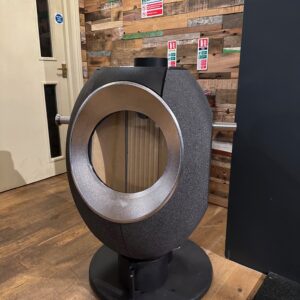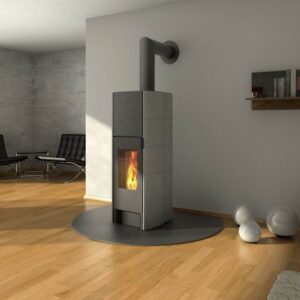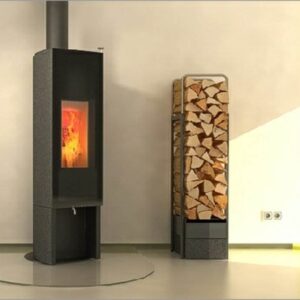
Tonwerk’s Heat Storage Stoves
With over 140 years of experience researching and developing stove designs, Tonwerk have created a unique range of heat storage stoves. Where most stove manufacturers centre their stove designs around the raw material cast-iron, Tonwerk instead saw the advantages of stone. Releasing their first heat storage stove in 1996, Tonwerk utilised stone to create a stove that would gently radiate heat long after the stove’s fire had burned out. Inventive in function and advanced in design, Tonwerk have since continued to use stone to create a range of contemporary slow heat release stoves.
Take a look at our Tonwerk stoves below.
What is a heat storage stove?
Each Tonwerk stove is a woodburning, heat storage stove with a stone or ceramic core. As the wood burns and the stove produces heat, the stone core absorbs and retains energy, which is later released as slow, radiated heat. From this innovative design, each Tonwerk stove is able to continue emitting heat for anywhere between 6 to 12 hours, keeping your home warmer for longer.
To find out more about Tonwerk’s slow heat release stoves, contact Topstak.
Choosing a Tonwerk stove
To complement their advanced technology, Tonwerk stoves have each been designed with contemporary style features. Most striking in its appearance is the futuristic Tonwerk T-EYE, which is small and round in shape with a circular framed window. The other heat storage stoves in the Tonwerk collection are tall and slim, with the Tonwerk T-SKY and Tonwerk T-Line providing large window access into the fire. By making each stove freestanding, Tonwerk stoves are able to radiate slow heat in all directions, gently heating the entire room.
As Tonwerk stoves have been designed with such advanced heat technology and modern exterior style, it may be difficult to choose between them. For help selecting your Tonwerk heat storage stove, use our stove selector.



